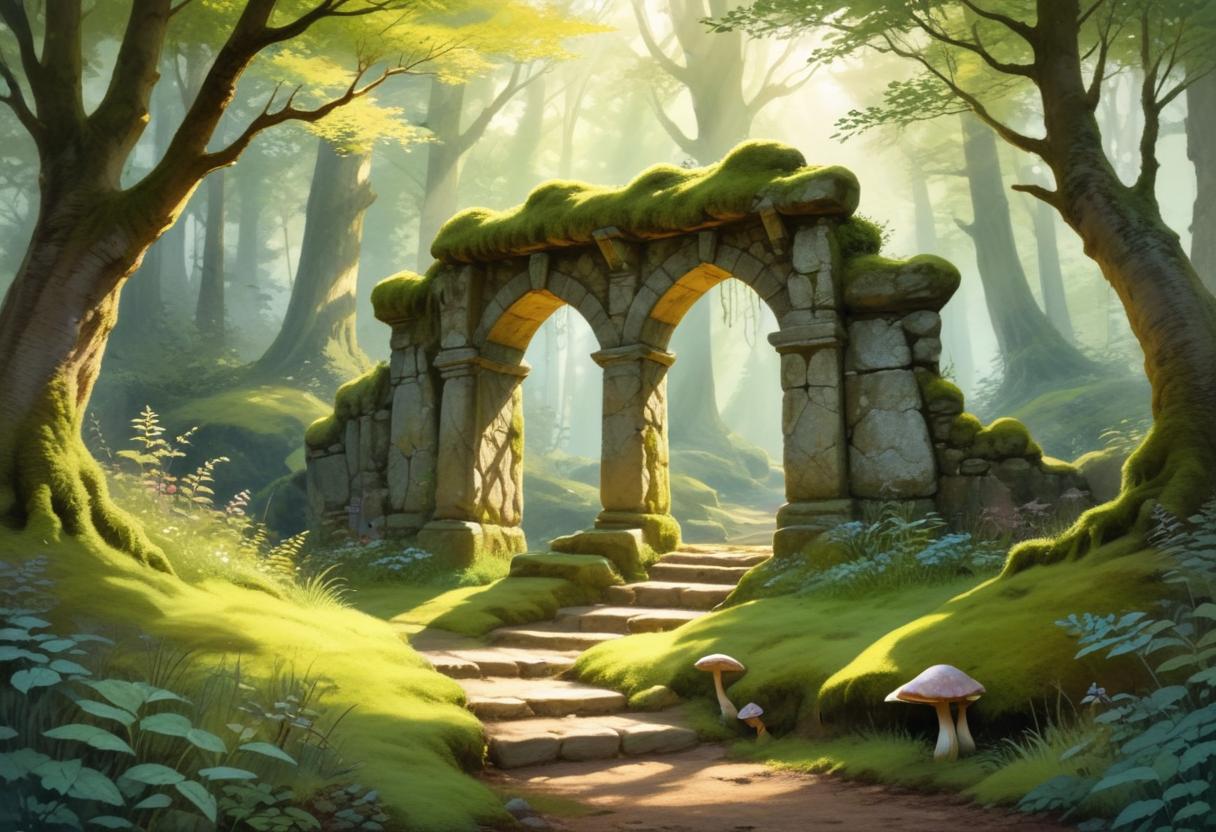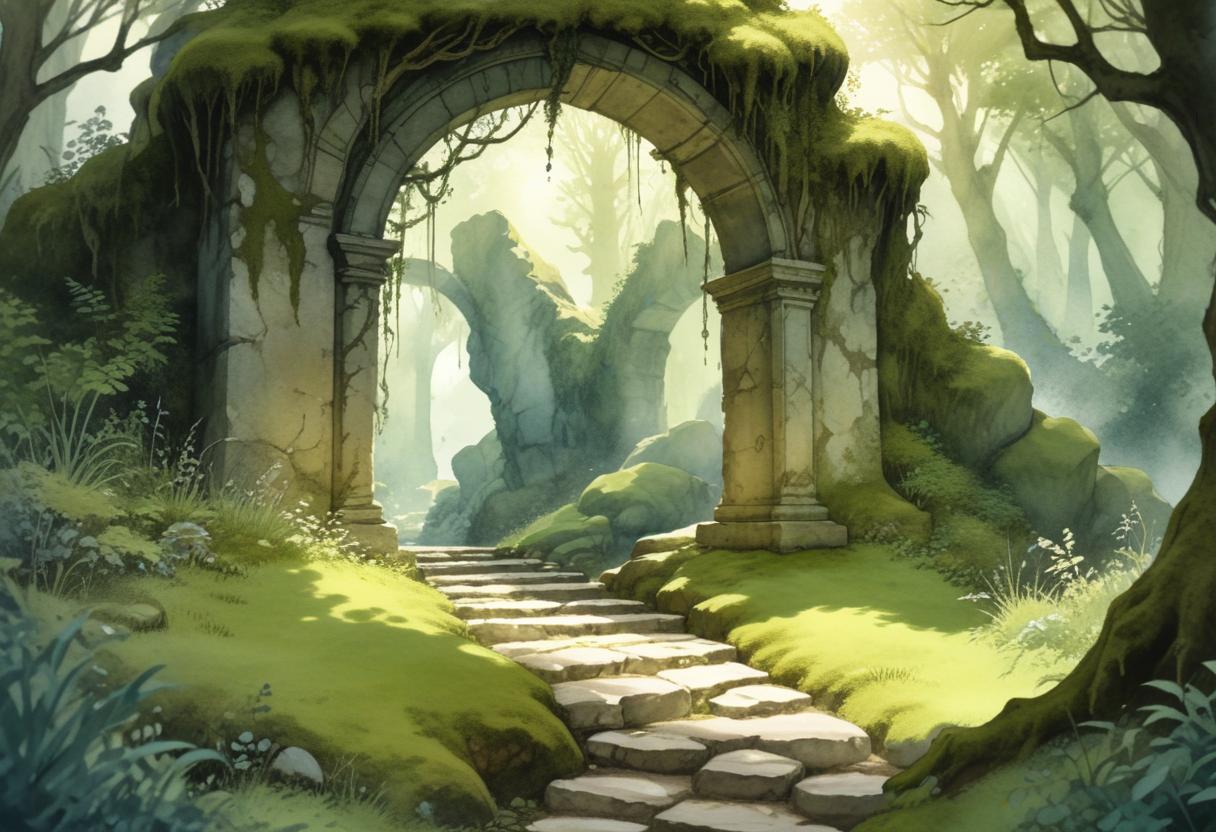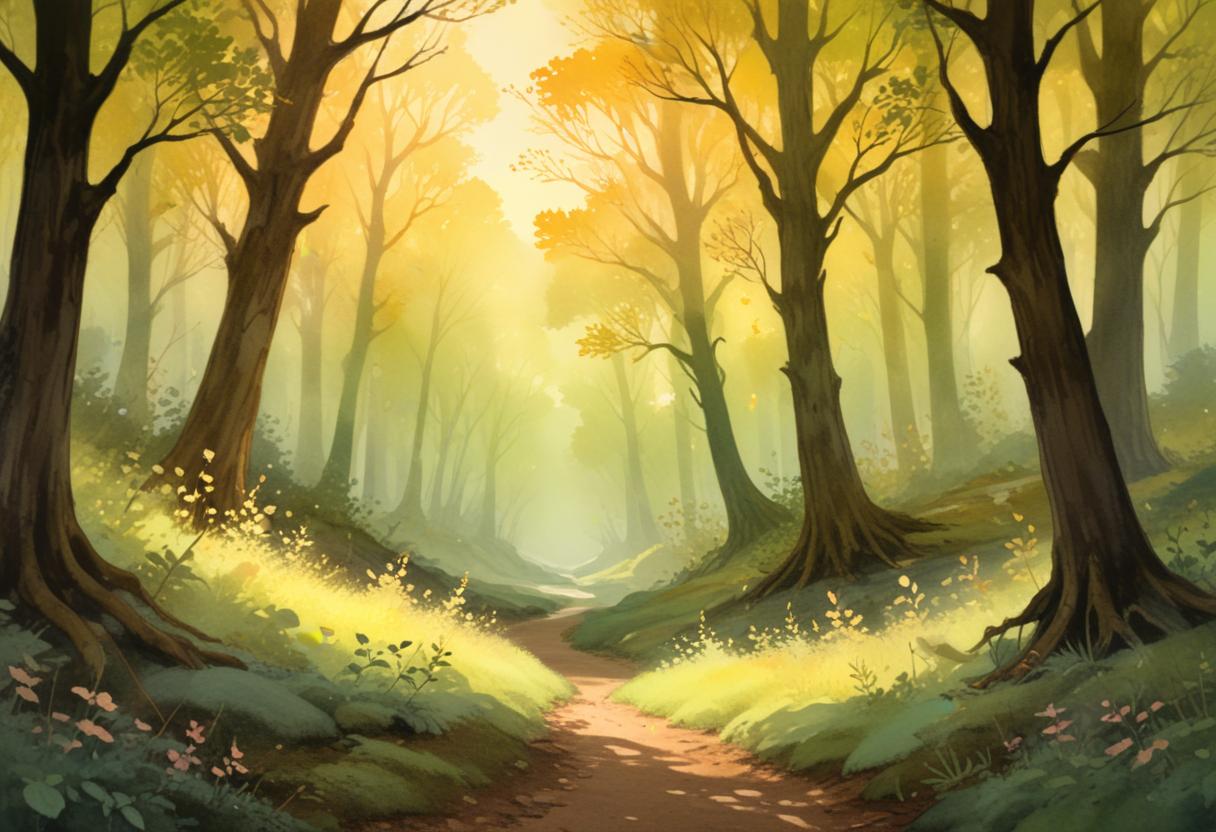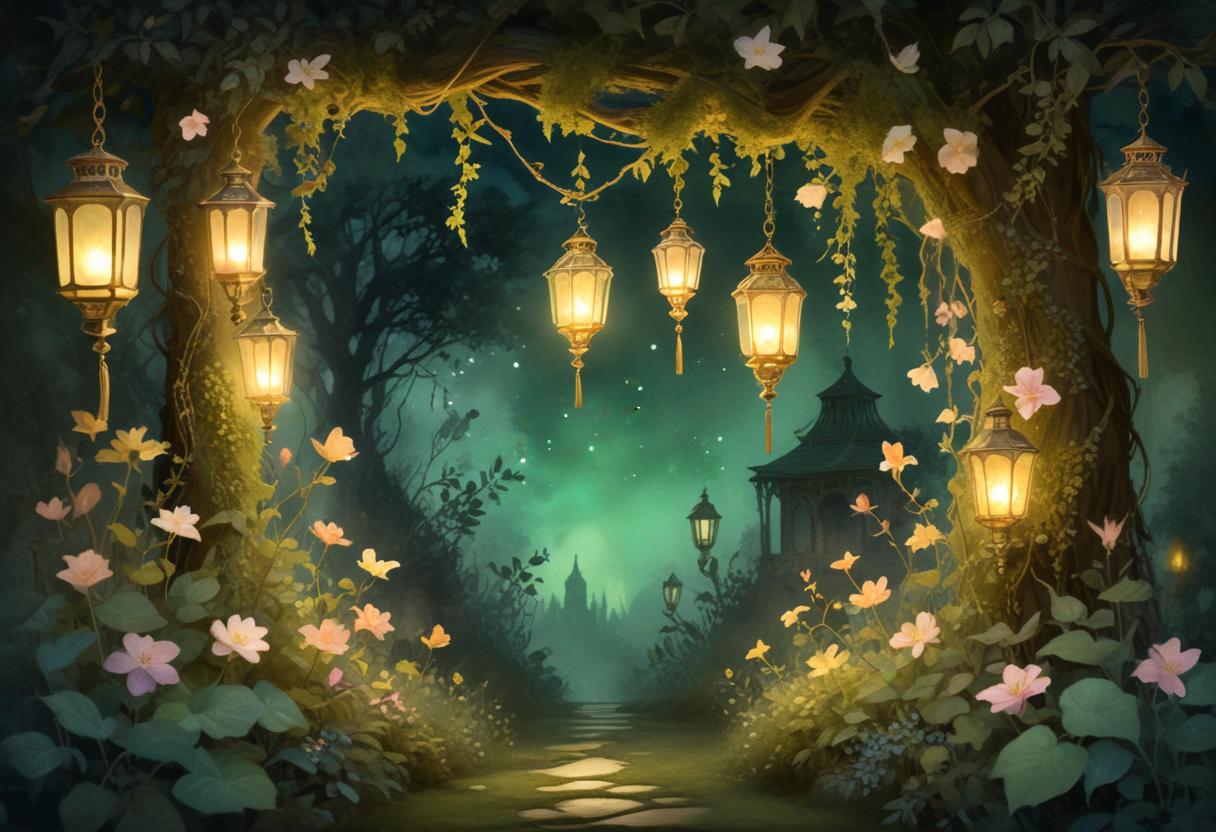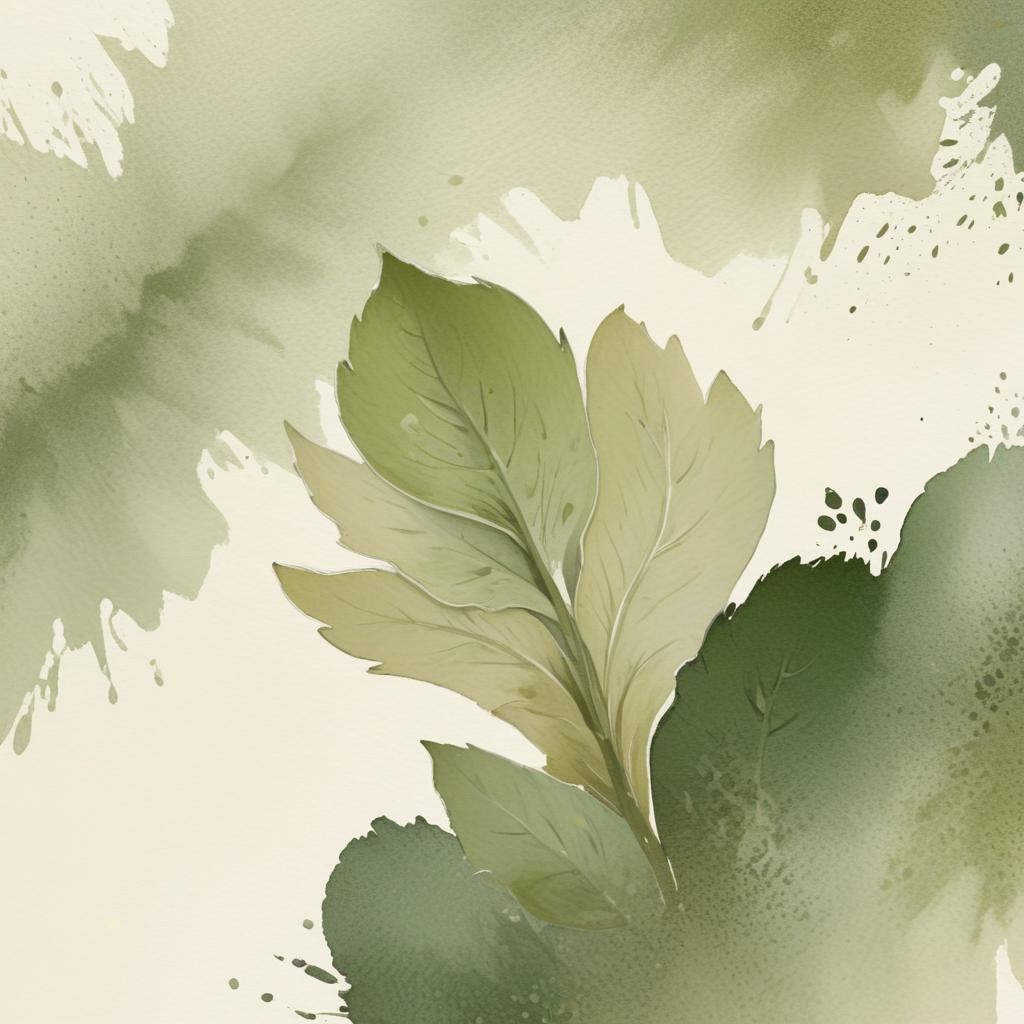Exploration in a visual novel is less about open-world mechanics and more about how the narrative invites curiosity. The Mossbound Fantasy Collection provides a useful template: its moss-covered gateways, layered environmental detail, and soft light signaling create an implied geography that rewards attention.
Creating Readable Waypoints
If you're designing or curating exploration-focused stories, start with readable waypoints—distinct, memorable locations with sensory cues (scented gardens, ancient doorways, soft moss textures) that anchor memories and choices. These landmarks serve as both narrative anchors and navigational aids for players exploring your story world.
The best waypoints combine visual distinctiveness with emotional resonance. A crumbling stone archway isn't just a visual element—it's a threshold that suggests history, mystery, and the promise of discovery beyond. Each waypoint should feel like a place worth returning to, both narratively and emotionally.
Environmental Storytelling Techniques
Use environmental storytelling: props and subtle set dressing (a carved rune, a discarded map fragment) hint at backstory without heavy exposition, letting players piece together history through observation. This approach transforms passive reading into active discovery, where players become archaeologists of the narrative world.
Consider how objects tell stories through placement, condition, and context. A weathered journal left on a moss-covered stone doesn't just contain information—its physical presence suggests someone was here before, creating questions that drive exploration forward.
Pacing Discovery
Pace discovery—alternate quiet investigative scenes with decision-heavy encounters so exploration feels rewarding rather than aimless. The rhythm of discovery should mirror the emotional journey you want players to experience, building tension and release through careful timing of revelations.
Effective pacing means knowing when to let players linger in contemplative moments and when to introduce urgent choices. A well-paced exploration sequence might begin with peaceful observation, build through mounting intrigue, and climax with a meaningful decision that transforms understanding of the space.
Balancing Agency and Structure
Balance player agency with narrative scaffolding: offer small branches that unlock deeper paths when players return with new information. This creates a sense of genuine discovery while maintaining narrative coherence and preventing players from becoming lost or frustrated.
Smart branching means that every choice feels meaningful without overwhelming players with infinite possibilities. When players revisit locations with new knowledge or abilities, previously locked paths can open naturally, creating satisfying moments of progression and understanding.
Harmonizing Art and Sound
Finally, harmonize art and sound: the Mossbound Collection pairs watercolor textures and gentle ambient layers to create wonder without overwhelming the player. Visual and audio elements should work together to establish mood, guide attention, and reinforce the sense of place that makes exploration compelling.
Consider how visual style supports exploration mechanics. Soft, painterly backgrounds invite contemplation, while sharper details draw attention to interactive elements. Sound design should similarly guide player attention—distant echoes suggesting hidden chambers, gentle rustling indicating pathways worth investigating.
Practical Implementation
For portals selling collections, present clear previews of exploration scope and estimated playtime (Mossbound lists 40–70 hours) so players know whether they want a long, immersive journey or a concise wander through story-rich glades.
When showcasing exploration-focused visual novels, provide enough detail about the discovery mechanics without spoiling specific revelations. Players should understand what kind of exploration experience awaits them—contemplative investigation, puzzle-solving adventure, or character-driven discovery—while maintaining the mystery that makes exploration rewarding.
